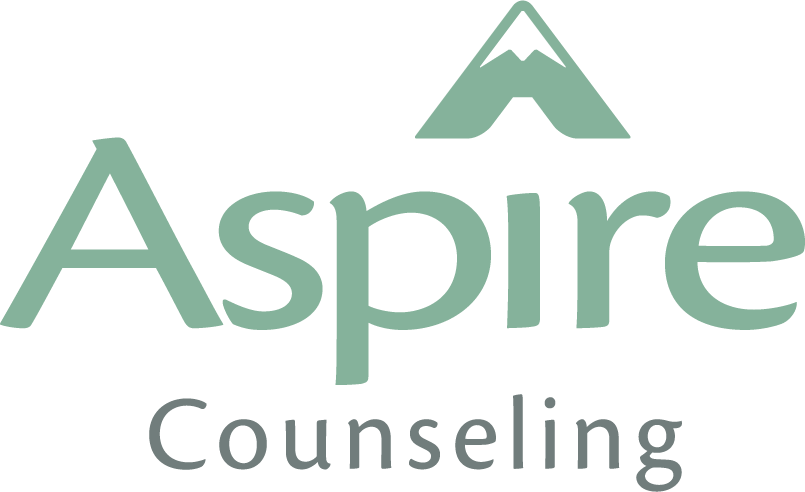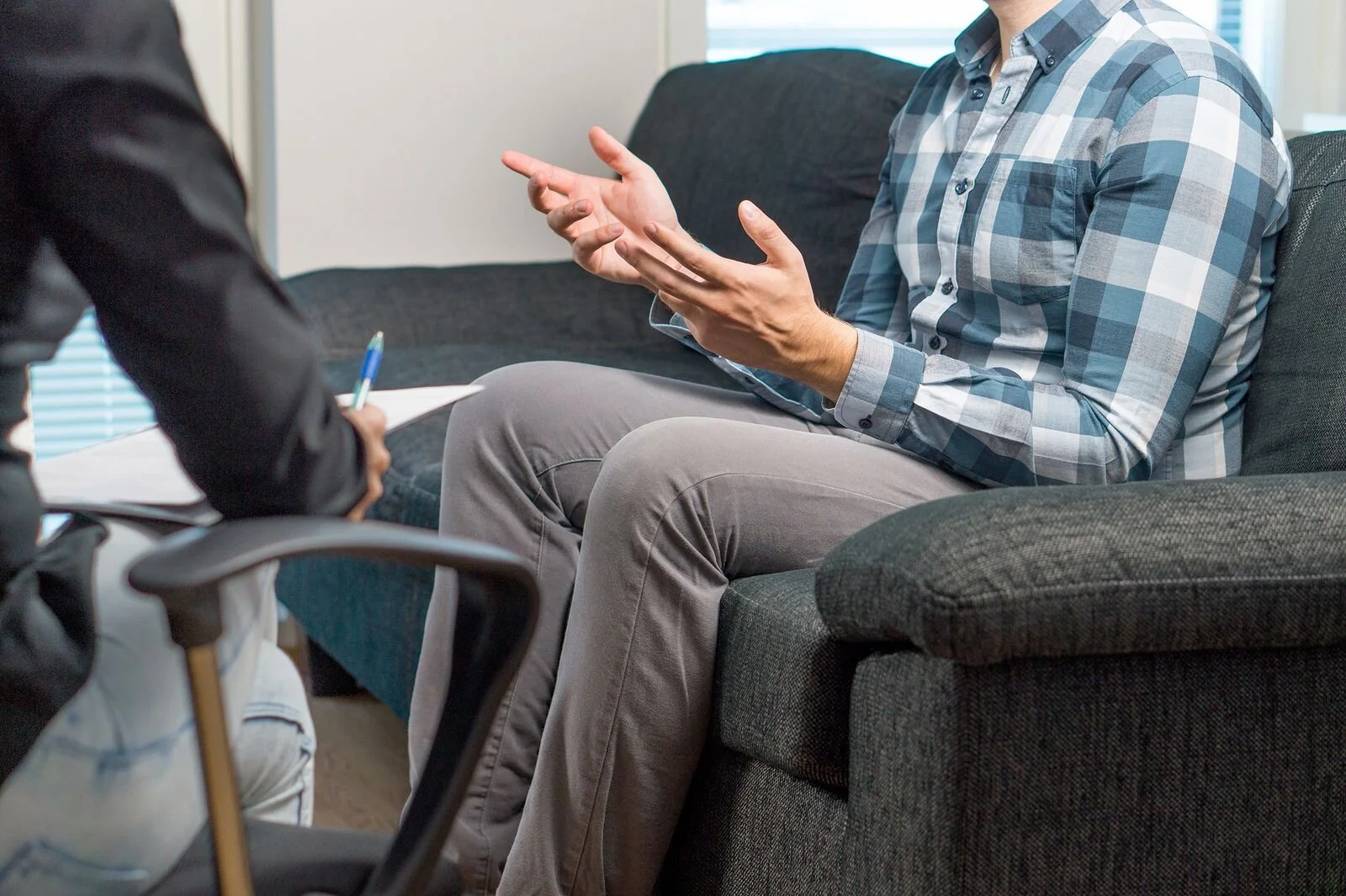White Knuckling: How I Faced My Fear Of Escalators
Are You Not Quite Facing Your Fears?
By Jennie Bedsworth MSW, LCSW
The Origins of my Escalator Phobia
Once when visiting Washington D.C., I had a difficult time on an escalator. I thought it would be a short trip down these moving stairs to get to my train, but it turned out to be so long that I couldn’t see the bottom for what seemed like minutes! It reminded me of a scene out of those Divergent books — like a trip the Dauntless might take.
I got seriously freaked out, wondering if I was going to make it to the bottom without passing out or falling. It made me dizzy and queasy. I held onto the rail for dear life, while people jostled into me trying to make it quickly to the bottom.
I don’t remember much more about that experience and I have no memory of getting to the bottom. However, I believe it was the triggering event, sort of a mild trauma, that led to my escalator phobia.
Exposure & Anxiety
Years later, I started training in trauma therapy, and began to learn about avoidance, phobias and the things that contribute to anxiety. Meanwhile, on the rare occasion I was around escalators, I would take the stairs or elevator. (This avoidance was protecting me, and made sense, but it also made my fear worse over time.)
As my training progressed, my new skills included classes on in-vivo exposure, which is a structured way of facing your fears gradually in your everyday life. I also started offering this technique to clients, and the effects were life changing. I’ve never had any intervention work more quickly or effective for so many clients than in-vivo exposure.
Practicing what I preach: Facing my own fear of escalators.
I decided it was hypocritical to teach my clients to face their fears while I had a phobia I was entirely avoiding. So, it was time to face my escalators!
If you’re from Columbia, Mo. or the surrounding Mid-Missouri area, you might know my struggle here. I think there might be one short escalator in town at the mall? So there wasn’t much opportunity for my in-vivo exposure.
However, each year I attended a state mental health conference, and the hosting hotel had one short escalator. So obsessively, I would ride the escalator one floor up and down, any chance I got. Fortunately my colleague and owner of Aspire Counseling, Jessica Tappana, was often around at this event too to cheer me on, and she too understood the benefits of this intervention!
Over a couple of years of this practice, I got my phobia down to about 25% strength, so mostly improved. However, I would still get a pretty strong surge of fear and adrenaline on the first step (definitely the scariest part)! One day at lunch while at Tan-Tar-A, I was telling this exact story, and a mentor of mine said, offhandedly, “Well are you white knuckling it?”
“Interesting, I thought. Was I?”
White Knuckling Through Exposure
I describe white knuckling to clients like this:
For example, many people with PTSD struggle with crowds. But, they still have to go to the grocery store, often at busy times. So, they make themselves go. However, they are tense, maybe holding on tightly to the cart, pretending to be somewhere they’re not. They go in, have a list, and get out. They might pretend to even be somewhere else the whole time.
Technically, they are facing their fears by going to the store. However, they are not fully experiencing it. In fact, they are programming their body to be more and more afraid, and reinforcing a physical fear of the store, which now feels much like a war zone to their fight/flight/freeze system.
That is white knuckling.
Facing My Fear Mindfully
When I went back to the escalator after lunch, I realized this was quite possibly why I couldn’t quite get my phobia kicked. I was still avoiding a little. So for the next day, I rode the escalator mindfully. I noticed as I was placing my foot on the stairs, what the railing felt like, and what my body felt like while I was along for the ride.
By the end of that conference, following this brief mindful exposure, my phobia was 100% gone. A month later I was visiting my friends in Chicago and I made them take the escalator everywhere we went. I actually quite enjoy it now! And it’s a proud symbol of triumph over my fears. Sometimes it’s strange to think I was even afraid before. My clients who’ve chosen to do their own in-vivo exposure have had similar rewarding experiences, claiming their life and freedom back.
Looking for Help with Anxiety or PTSD in Mid-Missouri
Are you looking for someone to help you face the fears holding you back in life? If you are looking for treatment for anxiety, trauma and PTSD, I encourage you to reach out and get help from a professional experienced in this area. We can help you come up with a systematic plan to face your anxiety or trauma triggers to help free you from that anxiety. My name is Jennie Bedsworth and I am one of the trauma and anxiety therapists at Aspire Counseling (where my friend Jessica is the owner). In addition, I have my own practice as well at The Counseling Palette.
Your fear doesn’t have to hold you back. When you’re ready, a therapist can help you slowly face your own fears!
#exposure #in-vivo exposure #exposure therapy #escalator phobia



